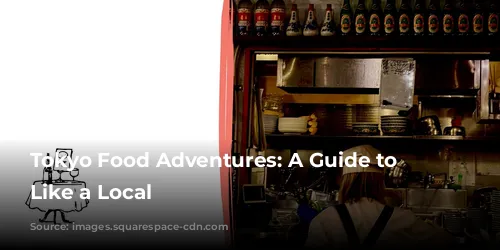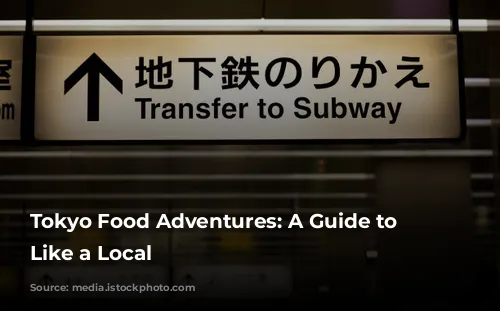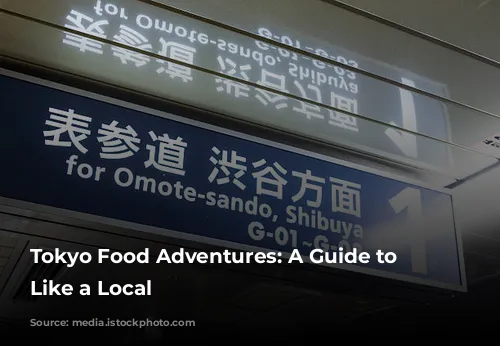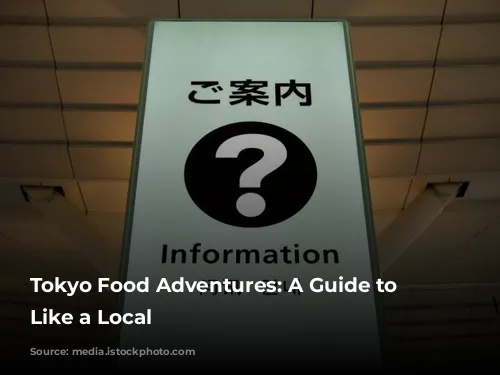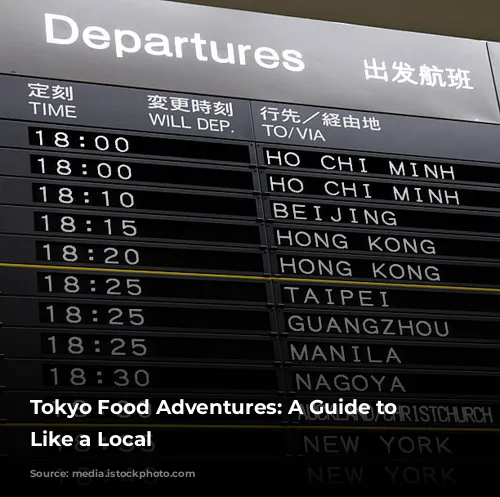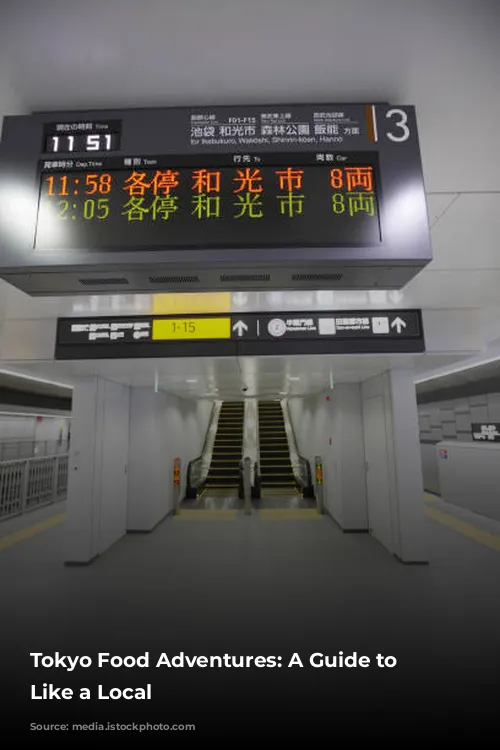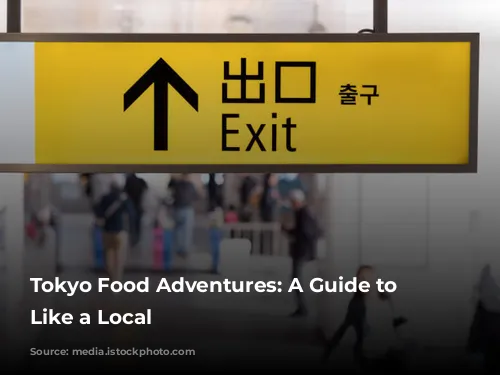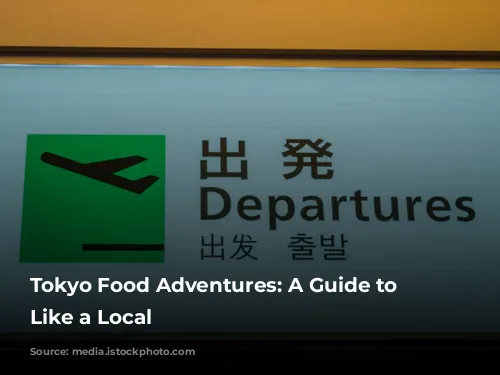Tokyo’s food scene is an absolute explosion of flavor! From mouthwatering ramen to delicate sushi, the options are endless and the deliciousness is real. Whether you’re a seasoned traveler or a first-timer, navigating Tokyo’s culinary landscape can be a bit intimidating. Don’t worry, though! Here are some handy tips to help you conquer the local food scene with confidence:
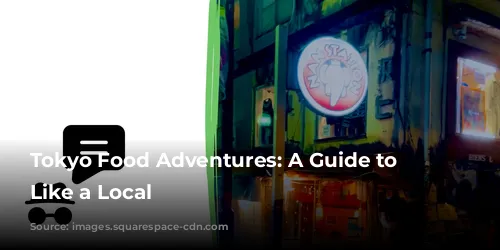
Ordering Food Like a Pro
Stepping into a restaurant in Tokyo can feel like entering a whole new world. But don’t let the unfamiliar customs throw you off your game. Here’s a quick guide to ordering food like a local:
First things first: When you enter a restaurant, the first thing you’ll likely see is a ticket machine. These handy machines are common in ramen shops and smaller eateries. Just choose your dish, pay, and a ticket with your order pops out. Hand the ticket to the staff, and you’re good to go!
If you don’t see a ticket machine, don’t worry! Just grab a seat and wait for the staff to come over. But remember, they are busy. Instead of waiting, it’s customary to gently call them over by raising your hand and making eye contact. If they don’t notice, politely say “sumimasen.” This might feel a bit awkward at first, but it’s perfectly normal in Japan.
Pro tip: If you need an English menu, try saying “eigo menu…?” in broken Japanese. It might not be perfect, but it gets the point across!

Navigating Common Japanese Questions
As a traveler in Japan, you’ll likely encounter a few standard questions, especially when paying for things. No need to panic! Here are some common phrases and their translations to help you feel more prepared:
One of the most common questions you’ll hear, especially in convenience stores and shops, is “fukuro,” which means “Do you need a bag?” It’s usually the only question you’ll get.
If you need a bag, simply say “onegaishimasu.” If not, just say “daijoubu.”
Along with “fukuro,” you might also be asked about a “pointo cardo” (point card). This is their way of asking if you have a loyalty card for the store. If you don’t have one, simply shake your head no.
Here are some other useful phrases to keep in mind:
- Daijoubu: This means “It’s okay,” “I’m fine,” or “No, thank you.”
Remember: In Japanese, the “R” sound is often pronounced more like a soft “D” sound, similar to Spanish. So “fukuro” sounds more like “fuu-kuu-dou.”

Respectful Japanese Etiquette
Japan has a reputation for being a land of politeness and etiquette. Here are some helpful guidelines to ensure you’re respecting everyone:
- Avoid eating or drinking on trains.
- Don’t eat while walking on busy streets. Instead, find a nearby park or quiet spot to enjoy your meal.
- Refrain from talking on your phone on trains. This is considered inconsiderate.
- If you smoke, use designated smoking areas only. Smoking is prohibited in many public spaces.
- On escalators, stand on the left side. The right side is for walking.
If you want to learn more about etiquette in Japan, check out our article on this topic: [link to etiquette article]
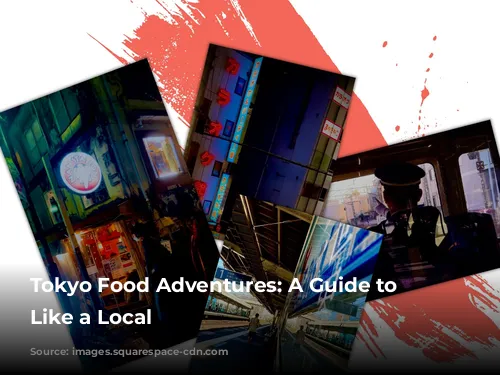
The Share House Experience
For a truly immersive experience, consider staying in a share house. These communal living spaces are a great option for travelers and foreign workers. They offer flexible lease terms, lower costs, and a chance to connect with other travelers and locals.
Share houses typically have private rooms (some even offer apartments) while sharing kitchens, showers, and restrooms. They’re often foreigner-friendly and have English-speaking staff, making them easy to navigate.
One of the best parts of staying in a share house is the instant connection with a community. If you’re traveling solo, it’s a fantastic way to make new friends.
To see a list of the best share houses in Tokyo, check out this article: [link to share house article]

Enjoy Your Tokyo Adventure!
Tokyo is an incredible city with something for everyone. So go out, explore, and savor all the deliciousness this amazing city has to offer! You’re going to love it!
